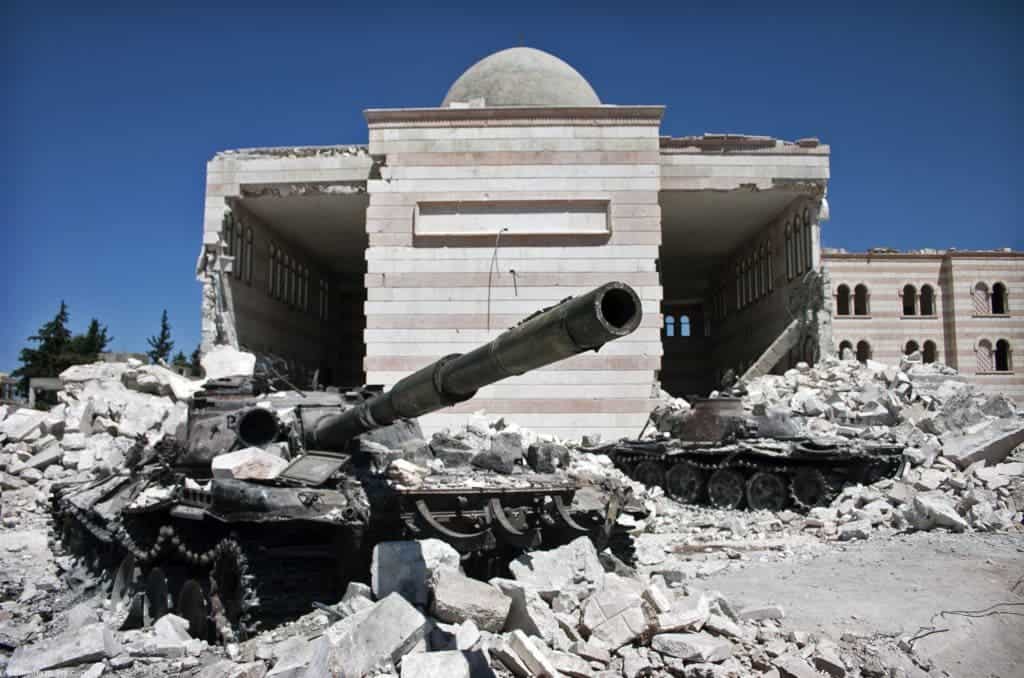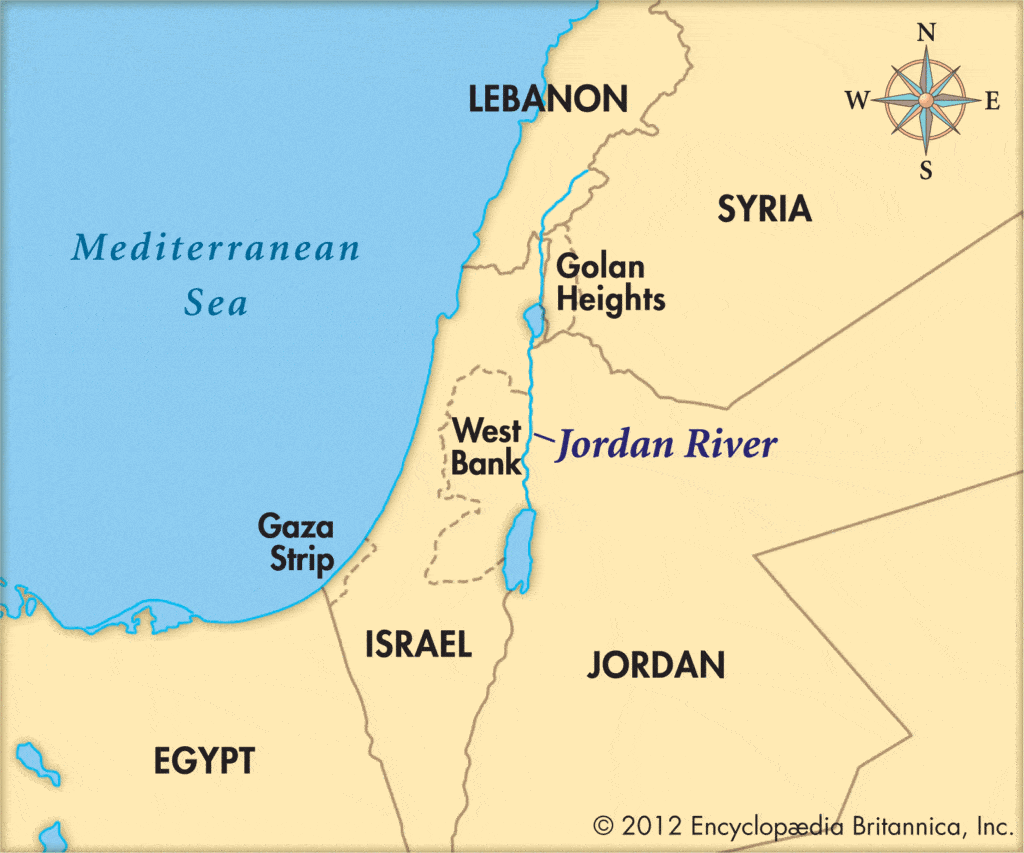
The Syrian civil war has displaced millions and left a once prosperous industry in ruin. In many parts of the war-torn country, few people still have a job and farm lands are left to themselves. It’s enough to talk to any Syrian refugee to get a feel of the putrid state of affairs in their country. And if you don’t believe them, you’re free to study objective proxies like satellite imagery and data. One recent study, for instance, found many of Syria’s once shallow rivers are now overflowing because irrigated agriculture is now almost non-existent, thousands of miles of pipeline are severed, and cities are empty.
Since 2008, when the situation in Syria started to get very hot, the Jordan river has swelled to three times its regular size. The river runs through Israel, Jordan, and Lebanon, however, Syria had built many reservoirs that capture water from Jordan river tributaries which cross the country. These neighboring countries are now benefiting from having more water resources at the expense of a whole nation. There are millions of Syrian refugees living in camps in Jordan, though, and this extra water will certainly help these unfortunate people.

According to the study’s authors, about half of the Jordan river’s swelling can be attributed to war, while the other half is due to natural recovery following the years of drought which preceded the war. Some believe that this drought, which is actually less severe than the Californian one, was one of the contributing factors to the war.

These effects were studied using satellite imagery and the study is among the first to analyze watershed regions in war zones. The Stanford researchers looked at composite satellite images of the 11 largest Syria surface water reservoirs. Water management and land use on the Jordanian side of the Yarmouk basin and Israel’s Golan Heights — areas where there is no refugee crisis — served as baselines to assess the toll of war on the environment.
“The water management practices in Syria have changed and that’s visible from space,” said study co-author and principal investigator Steven Gorelick, the Cyrus Fisher Tolman Professor in Stanford’s School of Earth, Energy & Environmental Sciences. “The Syrian crisis has resulted in a reduction in agricultural land in southern Syria, a decline in Syrian demand for irrigation water and a dramatic change in the way the Syrians manage their reservoirs.”
It’s believed Syria’s reservoirs now store 49 percent less water. Concerning land use, Syria’s irrigated land in the Jordan river-Yarmouk basin is down by 47 percent.
“In the past few years, there’s been increasing focus on how climate change and drought influences conflict, but there hasn’t been as much research on how conflict can actually lead to impact on the environment and water resources,” said study co-author Jim Yoon, a PhD candidate in Earth system science at Stanford.


